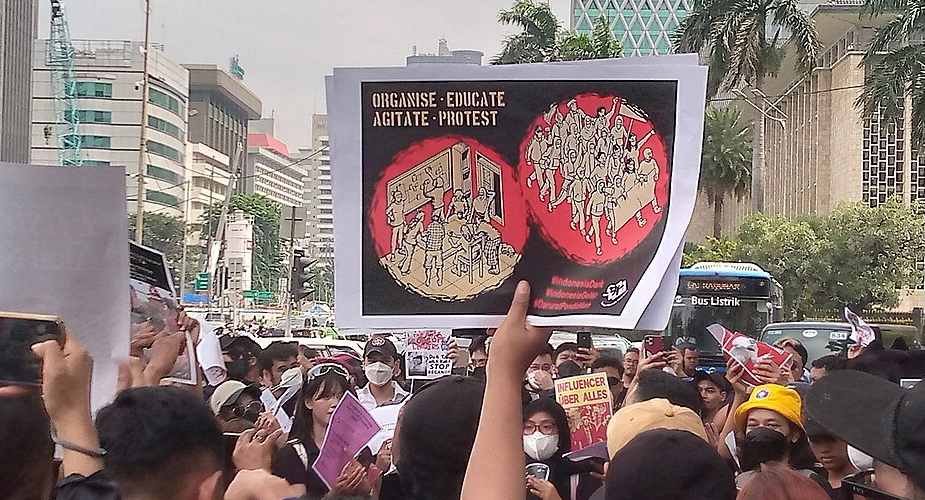Robert Lowry, The Armed Forces of Indonesia, Sydney: Allen and Unwin, 1996, 283 pp.
Reviewed by RUSSELL MILES
The Armed Forces of Indonesia (Abri) is the first of a series of country studies that will survey a dozen armed forces within the Asia-Pacific region. Retired Colonel Lowry's book is divided into seven main chapters. Chapter 1, 'Defence policy and strategy', notes that Indonesian threat assessment links external and internal threats. Chapter 2, 'Command and control', includes a history of Abri's command structure. Chapter 3 examines each of the services, national police and civil defence. Chapter 4 covers service personnel, including recruitment, training, career structure, pay and conditions, and morale. Chapter 5 concerns Abri's business interests. Chapter 6 is on internal security, tracing the history of insurgencies and Abri's response, with detailed coverage of the East Timor, Irian Jaya and Aceh campaigns. Chapter 7 is on Abri's socio-political role, examining political relationships, Islamic influences, civic action, and the presidential succession.
National unity
Col Lowry's conclusions centre around the challenge of maintaining national unity while allowing greater liberalisation. He offers the example of East Timor, where the military achievement came at the expense of further alienating the populace. Lowry suggests the failure to allow greater citizen participation in the country's affairs risks the very support that Abri relies on to ensure national defence. However, the contrary course risks the disintegration of the unitary state. He also wonders if Abri may have become so entrenched in political and business affairs that it is unwilling to abandon this privileged position. Lowry predicts Abri will make some accommodation to liberalisation, while maintaining the existing military-dominated power structure. Lowry has written extensively on military affairs. He is a graduate of the Indonesian Army Command and Staff College. This experience has allowed him to produce an informative and comprehensive work. The book is well laid out, readable, and includes useful maps and tables. It also includes fascinating anecdotes, such as that the Indonesian Navy has had women command non-combat vessels, something few Western navies can claim. However, Lowry also makes some arguable observations. For example, he asks why the army's strength is being increased when it faces no external threat. Yet the Indonesian current strength of 210,000, or one uniformed member for every 900 citizens, is relatively small. The book also contains little discussion about Abri's socio-political role at the village level. Yet two thirds of the army's strength is deployed in territorial units.
Russell Miles is an executive member of the Australia Defence Association, Victoria branch.











